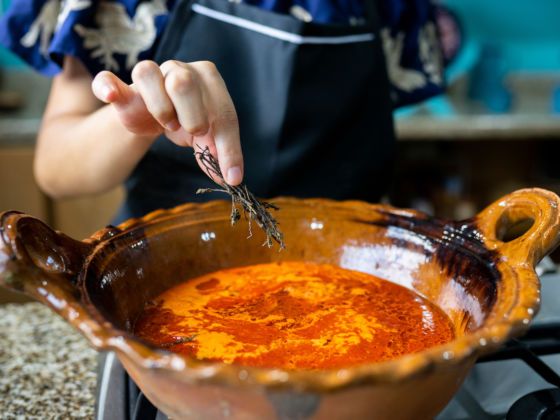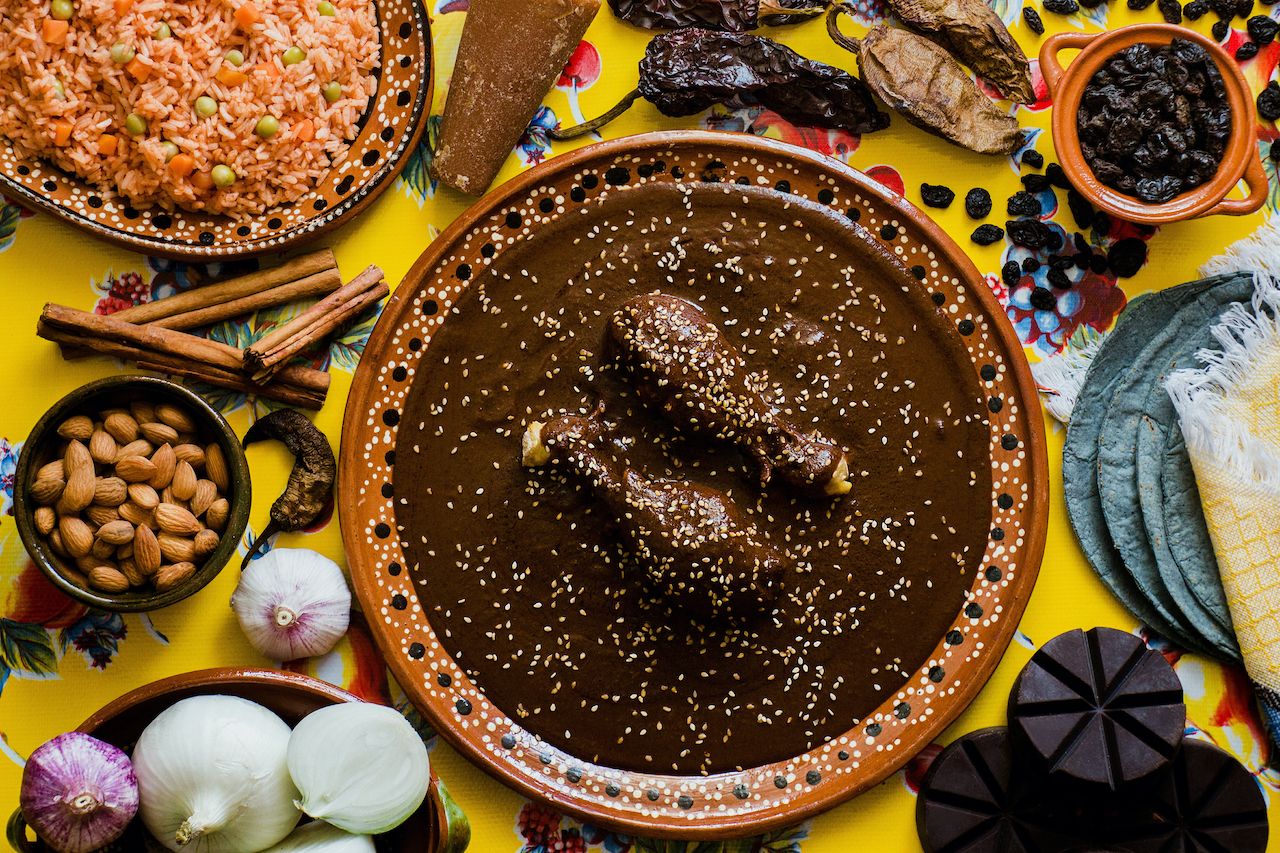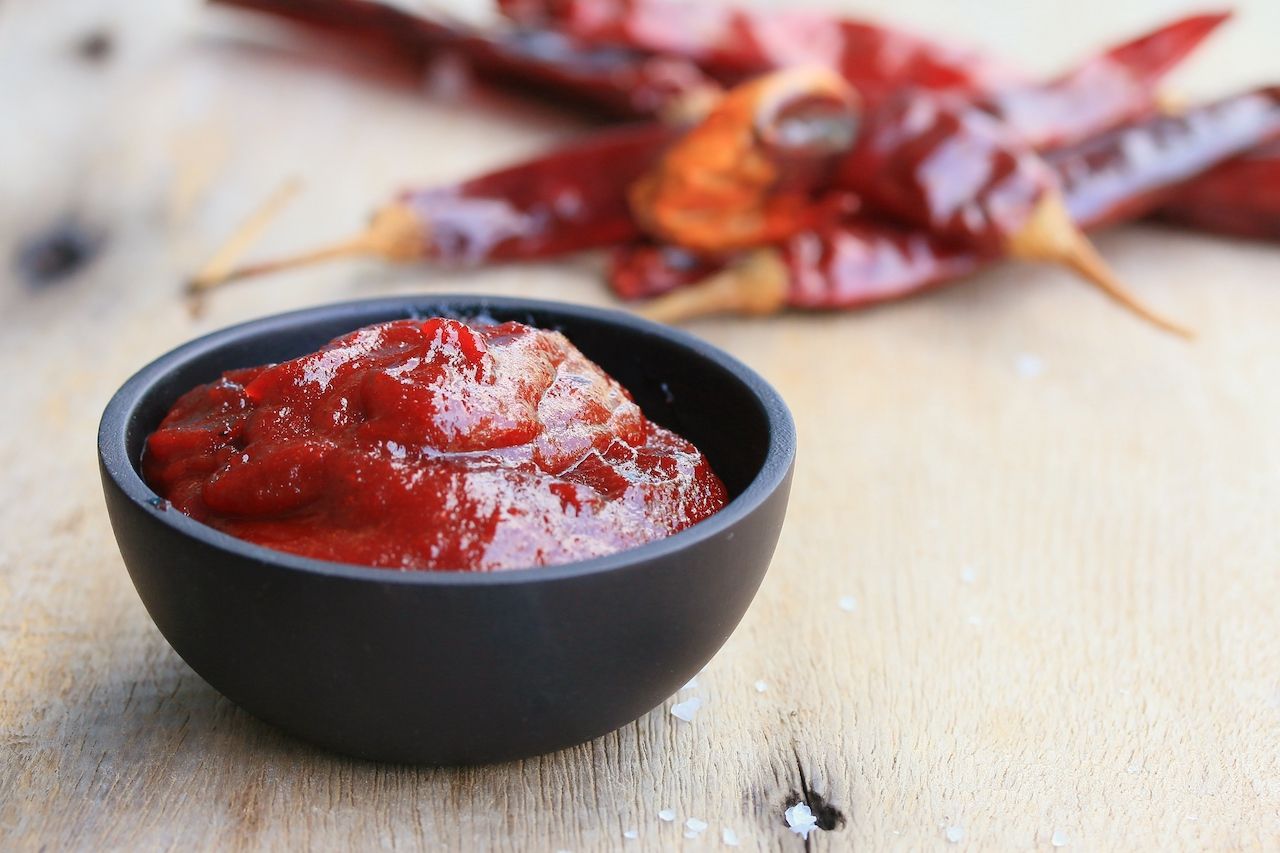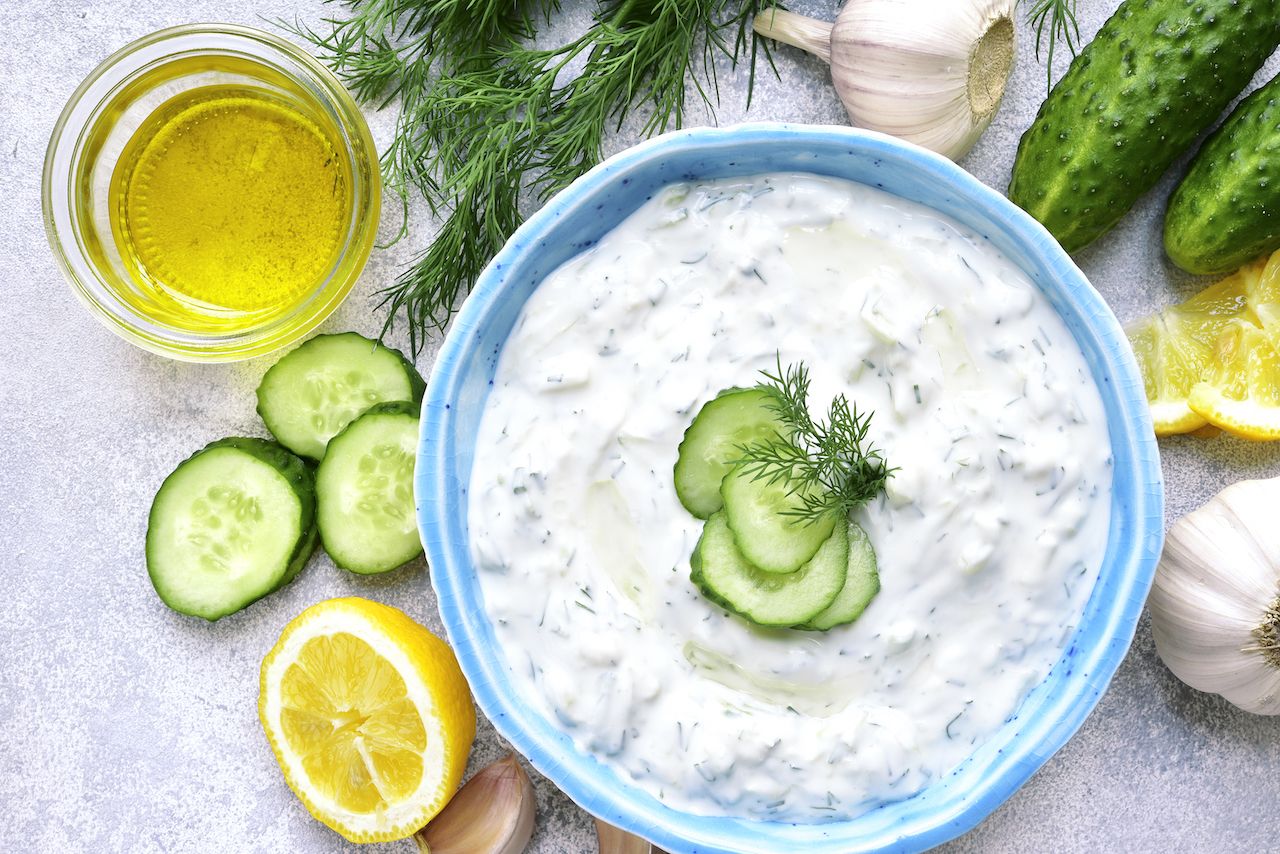French chef Marie-Antoine Carême introduced the concept of mother sauces to the culinary world in the 19th century. Carême codified four sauces that could be used as a foundation for virtually every other classic French sauce: béchamel, velouté, espagnole, and tomat. Shortly after, chef Auguste Escoffier added a fifth, hollandaise, solidifying France’s famed “grandes.”
Neither Carême nor Escoffier invented the idea of foundational ingredients, however. Cuisines all over the world rely on base sauces, stocks, and culinary building blocks to kickstart more complicated sauces, soups, stews, and regional recipes that only require a few additions (these derivatives are called “daughter sauces”). Not all mother sauces play by the French rules, but they are all indispensable to their respective cuisines.
Here are six other “mothers” of the food world, from Mexico to the Middle East.



